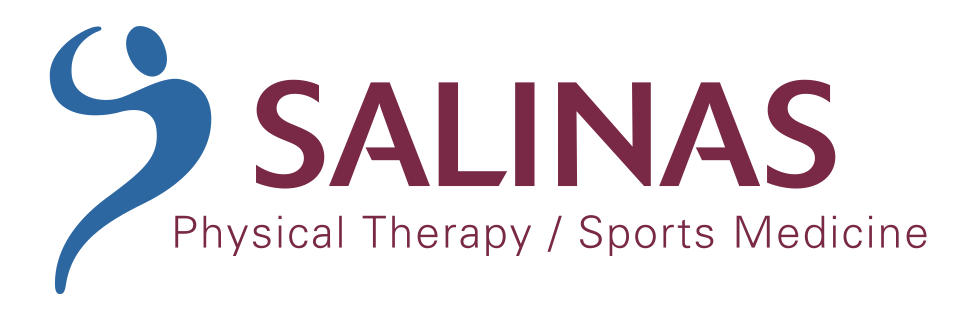Phone: (714) 695-1566
Fax: (714) 695-1553
Email: info@salinaspt.com
23655 Via Del Rio, Suite C
Yorba Linda, CA 92887

Phone: (714) 695-1566
Fax: (714) 695-1553
Email: info@salinaspt.com
23655 Via Del Rio, Suite C
Yorba Linda, CA 92887

When only one in three adults get the recommended amount of physical activity their bodies need each week (according to the President’s Council on Sports, Fitness & Nutrition), it’s difficult for we as physical therapists to find fault when an individual is making an effort to exercise … even if the effort’s slightly misguided.
But since October is National Physical Therapy Month, and physical therapists are the medical community’s preeminent experts in movement, fitness, and musculoskeletal function and injury, we views this month as an opportune time to correct what we see as a few common misconceptions about exercise.
Good Intentions
Some of the more common personal goals people make revolve around health, fitness and weight loss, and we as physical therapists are dedicating to supporting these goals through a number of individualized services.
In doing so, though, it’s important to us that people work toward these objectives in a safe and healthful manner – one which most efficiently moves them toward their goals.
In this spirit, here are five exercise myths we find to be common among many fitness-minded people:
1. Stretching Before Exercise Prevents Injuries
Perhaps surprisingly, research suggests there’s no connection between pre-workout stretching and injury prevention. In addition, stretching before an activity or competition can actually weaken performance.
So instead, warm-up dynamically before a workout by walking, jogging, doing lunges and leg/arm swings, etc.
Stretching is still incredibly important, but do your stretches independent of your workouts.
2. The More, the Better
For the more goal-driven crowd, a pedal-to-the-metal approach to fitness can seem the quickest and most efficient way to better health.
However, it’s critical workout intensity and length remain in line with one’s current fitness levels and limits.
It’s also important to schedule recovery, or off-days, into your routine. Failing to do so can increase your injury risk as well as the risk of burnout.
3. Cross Training is for Athletes Only
Cross-training is simply working activities into your regimen that differ from your preferred or usual activities. The goal is to improve your overall fitness level by challenging your cardio, strength, and balance in different ways.
Such “training diversification” will help maximize your workout potential while helping to prevent overuse injuries and burnout, so everyone should do it.
4. Aerobic is More Important Than Strength Training
Whether it’s because some are concerned about too much “bulking up” or they feel spending their limited time on ellipticals and stationary bikes will maximize their efforts, cardio is often a focus for those seeking to improve health.
It shouldn’t be the only focus, however.
Muscular fitness is just as important as cardio for such issues as weight management, bone health, injury prevention, and so on.
5. If Sore or Injured, Rest is Always Best
Wrong again.
While rest has a long history as a go-to response to soreness, pain, and injury, research now suggests movement and “active recovery” can actually speed up the healing process, specifically when guided by a physical therapist.
If pain or injury is keeping you from getting a full dose of exercise and physical activity each week, visit a physical therapist.
Highly educated and licensed health care professionals, physical therapists like those at our clinic are experts at helping people reduce pain, improve/restore mobility, and ultimately lead more healthful, active lives.